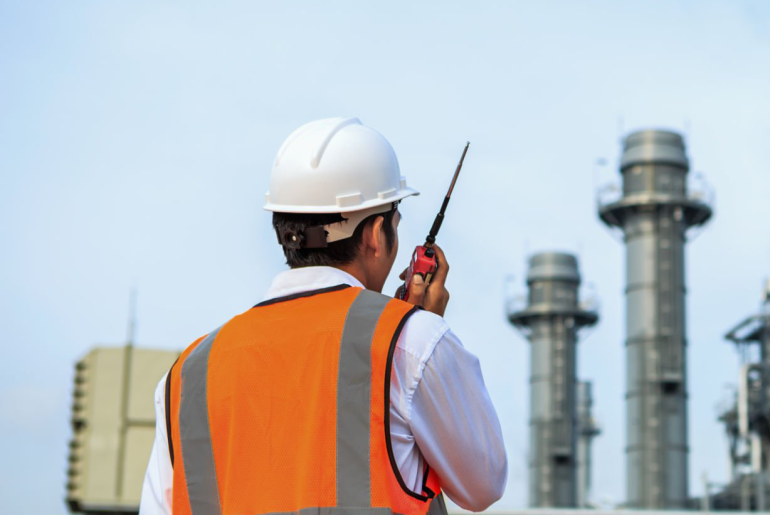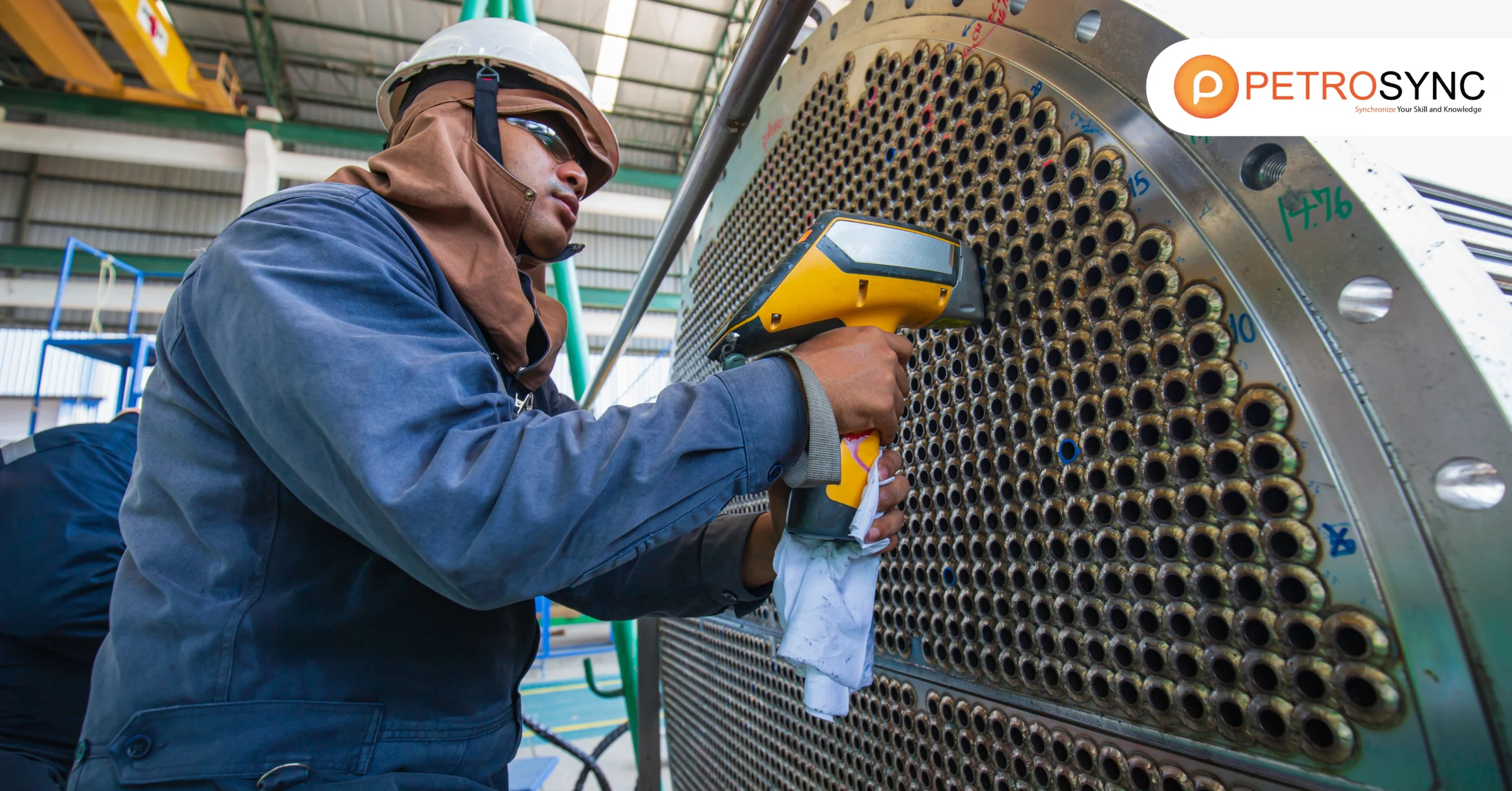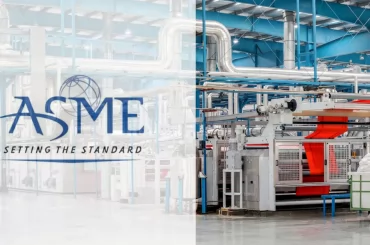In the engineering world, it’s crucial to understand the differences between ASME Section VIII and ASME Section I. Engineers working on pressure vessel design refer to these sections for guidance. Let’s explore and find out the key differences between ASME Section VIII and ASME Section I.
What Is ASME Section I
ASME Section I is a set of widely recognized standards established by the American Society of Mechanical Engineers (ASME) and is a code that regulates the construction of power boilers. Specifically focused on power boilers, this code provides comprehensive guidelines for the design, construction, and operation of these critical industrial systems.
Following ASME Section I ensures that power boilers adhere to strict criteria, emphasizing safety and efficiency. It serves as a benchmark for industry best practices, helping engineers and professionals maintain the highest standards in the development and utilization of power boilers.
What Is The Scope of ASME Section I?
Section I applies to various types of boilers and their components, including economizers, superheaters, reheaters, and sometimes feedwater heaters. Despite its title emphasizing rules for constructing power boilers, its scope extends beyond that.
The introduction to Section I clarifies that it covers below equipment:
- Power boiler Generates steam or vapor at pressures exceeding 15 psi (100 kPa) for external use.
- Electric boiler A power or high-temperature water boiler where electricity is the heat source.
- Miniature boiler A power or high-temperature water boiler that adheres to PMB-2 limits (covering shell diameter, heating surface, gross volume, and maximum allowable working pressure).
- High-temperature water boiler Intended for operation at pressures exceeding 160 psi (1.1 MPa) or temperatures surpassing 250°F (120°C), or both.
- Heat recovery steam generator (HRSG) A boiler primarily powered by a hot gas stream with high ramp rates and temperatures, such as a gas turbine’s exhaust.
- Fired pressure vessel Includes reheaters, isolable superheaters, and nonintegral separately fired superheaters.
What Is ASME Section VIII
ASME Section VIII is a set of widely recognized standards established by the American Society of Mechanical Engineers (ASME) and highlights construction code for design, manufacturing, inspection, and testing of pressure vessels.
Specifically focused on pressure vessels, this code provides comprehensive guidelines for their design, construction, and operation. It ensures that pressure vessels meet specific criteria, emphasizing safety and reliability. ASME Section VIII serves as a benchmark for industry best practices, helping engineers and professionals maintain the highest standards in the development and use of pressure vessels within various industrial applications.
What Is The Scope of ASME Section VIII?
The scope of ASME Section VIII is extensive, encompassing a comprehensive set of regulations and guidelines for the design, construction, inspection, and testing of pressure vessels.
1. Extensive Scope
ASME Section VIII covers many regulations and guidelines for the design, construction, inspection, and testing of pressure vessels.
2. Safety Emphasis
The primary focus is on ensuring the safety, reliability, and integrity of pressure vessels across various industries.
3. Diverse Applications
Applicable to a broad array of vessels operating at different pressure and temperature levels, making it versatile for diverse industrial applications.
4. Detailed Standards
Provides detailed standards for the design and manufacturing processes, considering materials, fabrication methods, and required testing procedures.
5. Versatility
Not limited to a specific industry or type of pressure vessel, making it widely applicable across sectors such as petrochemical, chemical, pharmaceutical, and power generation.
6. Inclusivity
Encompasses various pressure vessel types, from simple storage tanks to complex reactors used in chemical processes.
7. Consistency and Reliability
Crucial in maintaining consistency, reliability, and safety in the construction and operation of pressure vessels, irrespective of their specific application or industry.
8. Benchmark for Best Practices
ASME Section VIII serves as a benchmark for best practices in the design and utilization of pressure vessels, guiding engineers, manufacturers, and inspectors.
9. Industry Standards
Adherence to the guidelines ensures that pressure vessels meet, and often exceed, industry standards, contributing to overall safety and efficiency in industrial processes.
What Are The Key Differences of ASME Section I and ASME Section VIII?
|
Aspect |
ASME Section I |
ASME Section VIII |
| Focus | Primarily for power boilers and associated components. | Primarily for pressure vessels across various industries. |
| Application | Applies to steam boilers, not directly to other vessels. | Applicable to a broad range of pressure vessel types. |
| Pressure Limit | Designed for systems with pressures exceeding 15 psi. | Encompasses vessels operating at various pressure levels. |
| Temperature Limit | Addresses high-temperature water boilers specifically. | Covers a wide range of temperatures in pressure vessels. |
| Definitions | Provides specific definitions for power boilers. | Offers a broader set of definitions for diverse vessels. |
| Code Structure | Follows a more specialized structure for power boilers. | Follows a more general structure for diverse vessels. |
| Scope | Emphasizes safety in power boiler construction. | Focuses on safety and reliability in various vessels. |
| Industries | Primarily caters to industries using power boilers. | Applicable to a wide array of industries and applications. |
In short, ASME Section I is specialized for power boilers, focusing on steam and high-temperature water boilers with pressures exceeding 15 psi. It follows a structured approach and emphasizes safety in power boiler construction. In contrast, ASME Section VIII has a broader scope, covering various pressure vessels across industries, including vessels operating at different pressure and temperature levels.
Section VIII provides generalized definitions for various applications and ensures safety and reliability in the design, manufacturing, inspection, and testing of pressure vessels beyond power boilers. Both codes play crucial roles, with Section I catering to power boiler industries and Section VIII encompassing a more extensive array of industries and applications.
Elevate your engineering skills with PetroSync‘s specialized training programs for ASME Section I and ASME Section VIII. Our courses are crafted to empower engineers with practical knowledge, allowing them to apply these standards effectively in real-world scenarios.
Key Features:
- In-depth Understanding: Gain a comprehensive understanding of ASME Section I and ASME Section VIII.
- Practical Insights: Acquire practical insights and skills applicable to pressure vessel design and power boiler construction.
- Expert Instructors: Learn from industry experts with extensive experience in pressure equipment standards.
- Hands-on Training: Engage in hands-on training sessions to apply theoretical knowledge to real-world situations.
- Certification: Receive a certification upon completion, validating your expertise in ASME Section I and ASME Section VIII.
Invest in your professional development and become a master in pressure vessel design and power boiler construction with PetroSync’s ASME Section I training and ASME Section VIII training.
Credit header image: iStock

SEO specialist by day, fact-checker by night. An avid reader and content writer dedicated to delivering accurate and engaging articles through research and credible sources.






